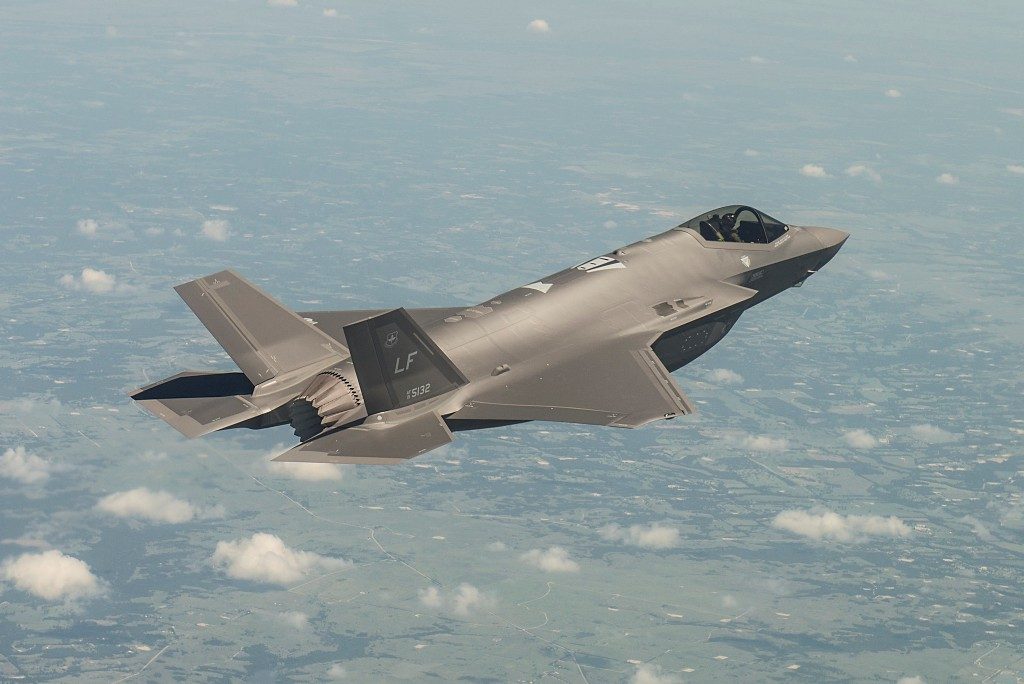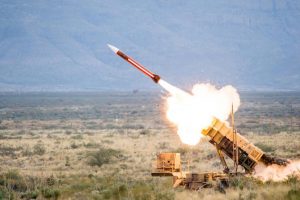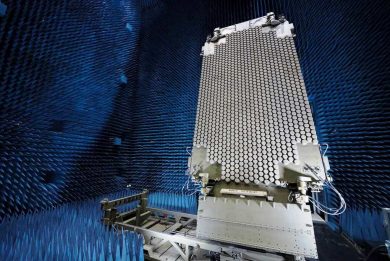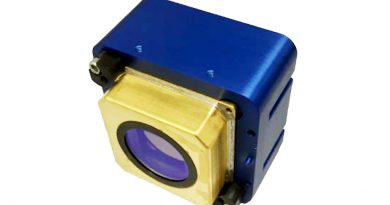
Switzerland Federal Council decides to procure F-35A fighter aircraft and Patriot GBAD
Bern, 30.06.2021 – The Federal Council is set to propose that Parliament approve the procurement of 36 F-35A fighter aircraft from US manufacturer Lockheed Martin and five Patriot fire units from US manufacturer Raytheon. An evaluation has revealed that these two systems offer the highest overall benefit at the lowest overall cost. The Federal Council is confident that these two systems are the most suitable for protecting the Swiss population from air threats in the future. The Federal Council took the decision at its meeting on 30 June.
The Air Force’s current equipment will reach the end of its service life in 2030. To ensure Switzerland’s continued protection against threats from the air, the Federal Council intends to replace its current fleet of fighter aircraft and procure a new system for longer-range ground-based air defence (GBAD). In the referendum on 27 September 2020, a planning decision was adopted which set a budget cap of CHF 6 billion for the procurement of new fighter aircraft. In addition, CHF 2 billion will go towards a longer-range GBAD system. (Both figures according to the National Consumer Price Index in Jan. 2018.)
The Federal Council based its decision on a comprehensive technical evaluation of four new fighter aircraft candidates (Eurofighter by Airbus, Germany; F/A-18 Super Hornet by Boeing, USA; F-35A by Lockheed Martin, USA; Rafale by Dassault, France) and two candidates for a longer-range GBAD system (SAMP/T by Eurosam, France; Patriot by Raytheon, USA).
Fighter aircraft: F-35A offers highest overall benefit at lowest cost by far
All the candidates met the requirements set for the evaluation. For both the fighter aircraft and the longer-range GBAD system, the candidate promising the highest benefit was also the one priced the lowest. In the case of the fighter aircraft, this candidate is the F-35A. With 336 points, it showed the highest overall benefit and was the clear winner with a lead of 95 points or more over the other candidates. This aircraft scored best in three of the four main criteria evaluated:
• In terms of effectiveness, the F-35A achieved the best result because it has a marked technological advantage over the other candidates: it includes entirely new, extremely powerful and comprehensively networked systems for protecting and monitoring airspace. The F-35A is able to ensure information superiority; this means pilots benefit from a higher situational awareness in all task areas when compared with the other candidates. This is especially true for day-to-day air policing.
What is more, the F-35A is the only aircraft that has been designed from the ground up to be especially difficult for other weapons systems to detect. The resulting high survivability is a great advantage for the Swiss Air Force.
In addition, because the F-35A is comparatively easy to operate and is able to provide information superiority, it requires less training and has a better ratio of flight to simulator hours. Because of this, the F-35A requires about 20% fewer flight hours than other candidates, and about 50% fewer take-offs and landings than the Air Force’s current jet aircraft, which the F-35A will be replacing.
Finally, it can be assumed that as the newest of the weapons systems evaluated, the F-35A will be able to sustain its technological lead well into the future. Given the planned service life of 30 years, this is a major advantage over the other candidates.
• In terms of product support, the F-35A achieved the highest rating because of its efficient operation and maintenance, modern training design, and the high security of supply throughout its service life. This is attributable in part to the F-35A being manufactured in the highest numbers and it being the aircraft most commonly used by air forces in Europe.
• The F-35A was also the best performer in terms of cooperation, offering extensive opportunities for operational collaboration and broad access to data and technical resources.
• In direct offset, the F-35A did not achieve the best result at the time the bid was made. The offset obligation of 60% of the order must be fulfilled in full no later than four years after receipt of the final delivery.
As far as fleet size is concerned, for all four candidates a fleet of 36 aircraft would be large enough to cover Switzerland’s airspace protection needs over the longer term in a prolonged situation of heightened tensions. The Air Force must be able to ensure that Swiss airspace cannot be used by foreign parties in a military conflict.
Data autonomy ensured
When making its decision, the Federal Council also took account of existing technological dependencies of the manufacturer and manufacturing country. While dependencies cannot be ruled out completely when systems are procured, all candidates were able to guarantee data autonomy. In the case of the F-35A, the system’s cyber management, the security of its computer architecture and its cyber protection measures combine to ensure an especially high level of cyber security.
As with all other candidates, with the F-35A Switzerland controls which information to exchange with other air forces via data link, and what logistics information to report back to the manufacturer. In addition, the aircraft will be operated and maintained in Switzerland by the Swiss Air Force and RUAG Switzerland.
F-35A to cost around CHF 2 billion less than competitors
In addition to the benefits, the F-35A also achieved by far the best result in terms of costs. Both procurement and operation costs are the lowest for this aircraft. At the time the bids were made in February 2021, the procurement costs amounted to CHF 5.068 billion – well under the financial cap of CHF 6 billion set by voters. Even when accounting for inflation up to the time of payment, procurement costs will remain below the credit limit.
The F-35A also has the lowest operating costs of all of the candidates evaluated. The total costs of the F-35A (i.e. procurement plus operating costs) amounts to approximately CHF 15.5 billion over 30 years.
This is around CHF 2 billion less than the second-lowest bidder.
Longer-range ground-based air defence: Patriot with better benefits and lower costs
In the evaluation of longer-range GBAD systems, Patriot won out against SAMP/T in all four main categories, in some cases by a very clear margin, and in particular in the main category, effectiveness. With the Patriot system, areas can be protected both independently and in combination with fighter aircraft. Patriot has an effective altitude of well over 20,000 metres (vertical) and an effective distance of well over 50 kilometres (horizontal). This is an extraordinary operational distance for a longer-range GBAD system that will allow Patriot to contribute significantly to Switzerland’s integrated air defence.
The area to be defended is 15,000 square kilometres; this can be achieved with five Patriot fire units.
In terms of costs, Patriot is the less expensive option of the two. Its procurement costs including inflation and VAT up to the time of payment amount to CHF 1.97 billion. Combined with its projected operating costs over 30 years, the total costs for the Patriot system will be around CHF 3.6 billion – significantly less than its competitor. The offset obligation of 100% of the order must be fulfilled in full no later than four years after the final delivery.
External review of results
Federal Councillor Viola Amherd commissioned Zurich-based law firm Homburger AG to conduct a plausibility check on the procurement of the new fighter aircraft. This check included examining the evaluation methodology, the criteria used to award the contract and financial aspects of the bids received, while taking into account the planning decision approved by voters. Homburger AG concluded that armasuisse’s cost-benefit analysis and ranking of bidders is plausible.
Source armasuisse
Photo courtesy Lockgeed Martin




